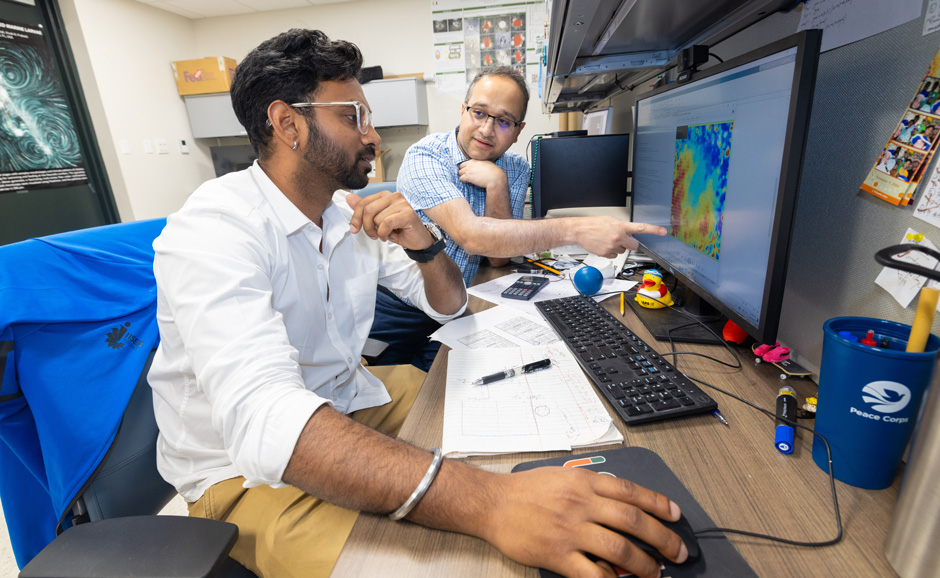Byline: Jenett Neurvahl Tannon
Most animals, including humans, have bilateral symmetry, which means that our body is very symmetrical. At least outward.
Inside, things are different.
“If you look at our insides, we are not symmetrical – our heart, liver and stomach are not symmetrical,” PrudenceAssistant Professor of Physics at Miami University College of Arts and SciencesWhich specializes in the field of biofizics. “The question we wanted to answer is when this inequality begins?”
This internal left-right is believed to be initiated at a very early stage of development-when a small fetus is divided into two parts during a process called gastrulement. This process eventually helps in making arrangements for organs inside our body.
But in fact how and when it begins to leave the left-right, it was still not clear.
To answer this, light and three other colleagues studied Chicken development Using a fluorescent microscope to imagine the movement of cells. They discovered that the physical process of cell motion actually shows asymmetry, while earlier research indicated that this disparity was initiated by genetics.
Shubam Sinha, a graduate student in the laboratory of light, said, “Our work highlights important conclusions about an important phase of early animal development that can give significant insight into understanding the origin of left-right inequality.”
His findings put new lights on early development and can apply to many different animals, including humans. As a result, the study This week was published in the proceedings of the National Academy of Sciences and can help scientists better understand the onset of inequality.
Cellular flows during early chicken development show left-right disparity with a right dominance. The red color shows fast speed of cell speed, and blue represents slow speed. Photo: Vivek Prakash/Miami University.
“Cell movement is an important physical process, and we are seeing that cell movements display the left-right inequality in the lik fetus,” Prakash said. “This is a big change because for many years scientists believed that genes were responsible for giving rise to this inequality.”
Research was conducted by researcher from Kumamoto University, Japan, and a researcher, Prakash, Sinha, Reco Asai, a researcher at Professor Takashi Mikawa at the University of California, San Francisco.
Using a fluorescent microscope and live imaging video, the team determined the study and volume of cell motion inside dozens of chicken fetus. By analyzing the video – and by distilling the 10 -hour cell movement in 10 seconds – they saw the cell movements flowing from the chicken fetus in the external circles, and saw that these movements were larger than the left. It offered visual evidence of left-right asymmetry, which is a discovery supported by quantitative measurement of cell speed. This speed is important for fetal development.
Prakash said, “This discovery is important for better understanding of human and mice gastrules and emergence of mice in animals in the future.”

,


